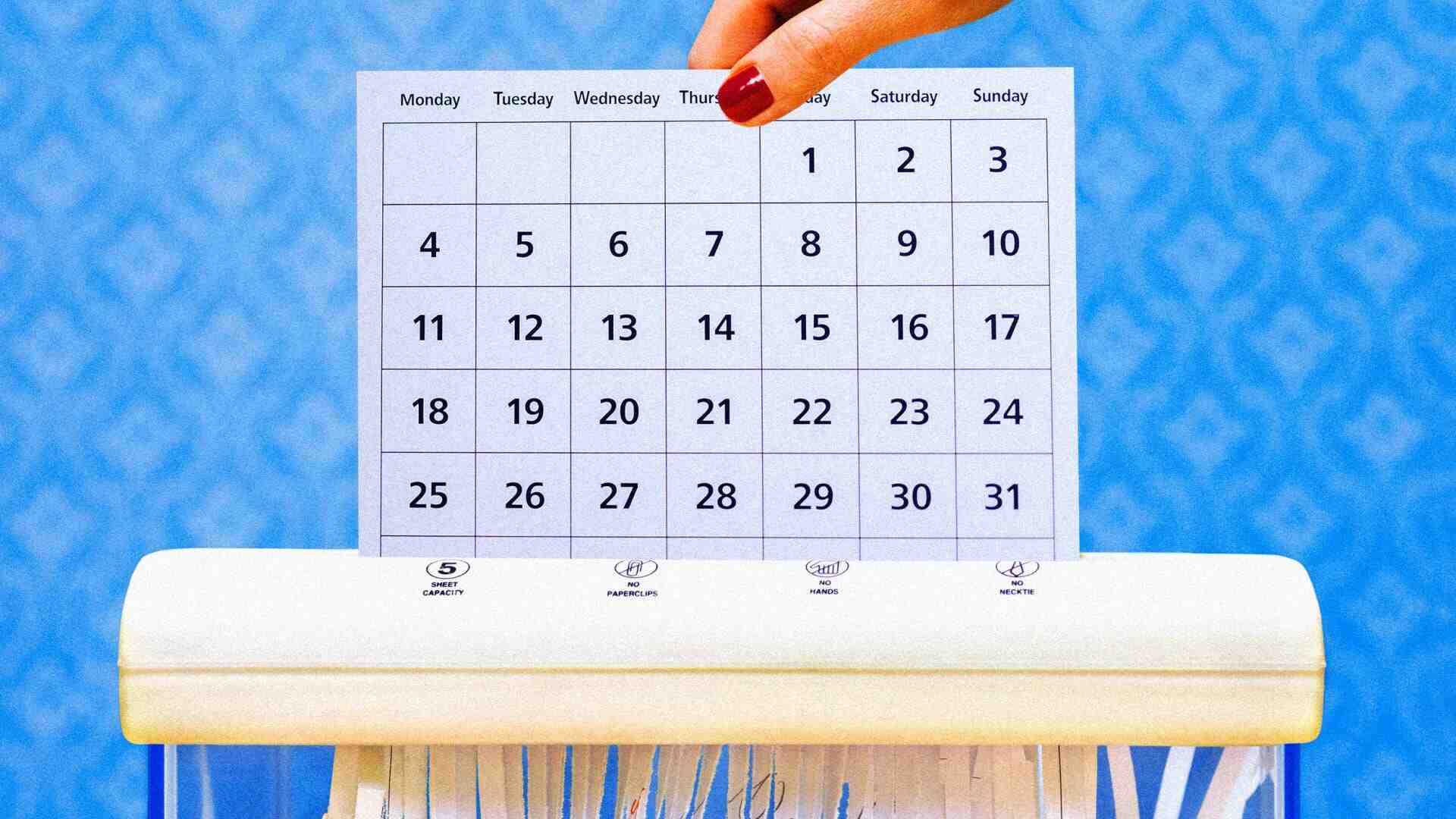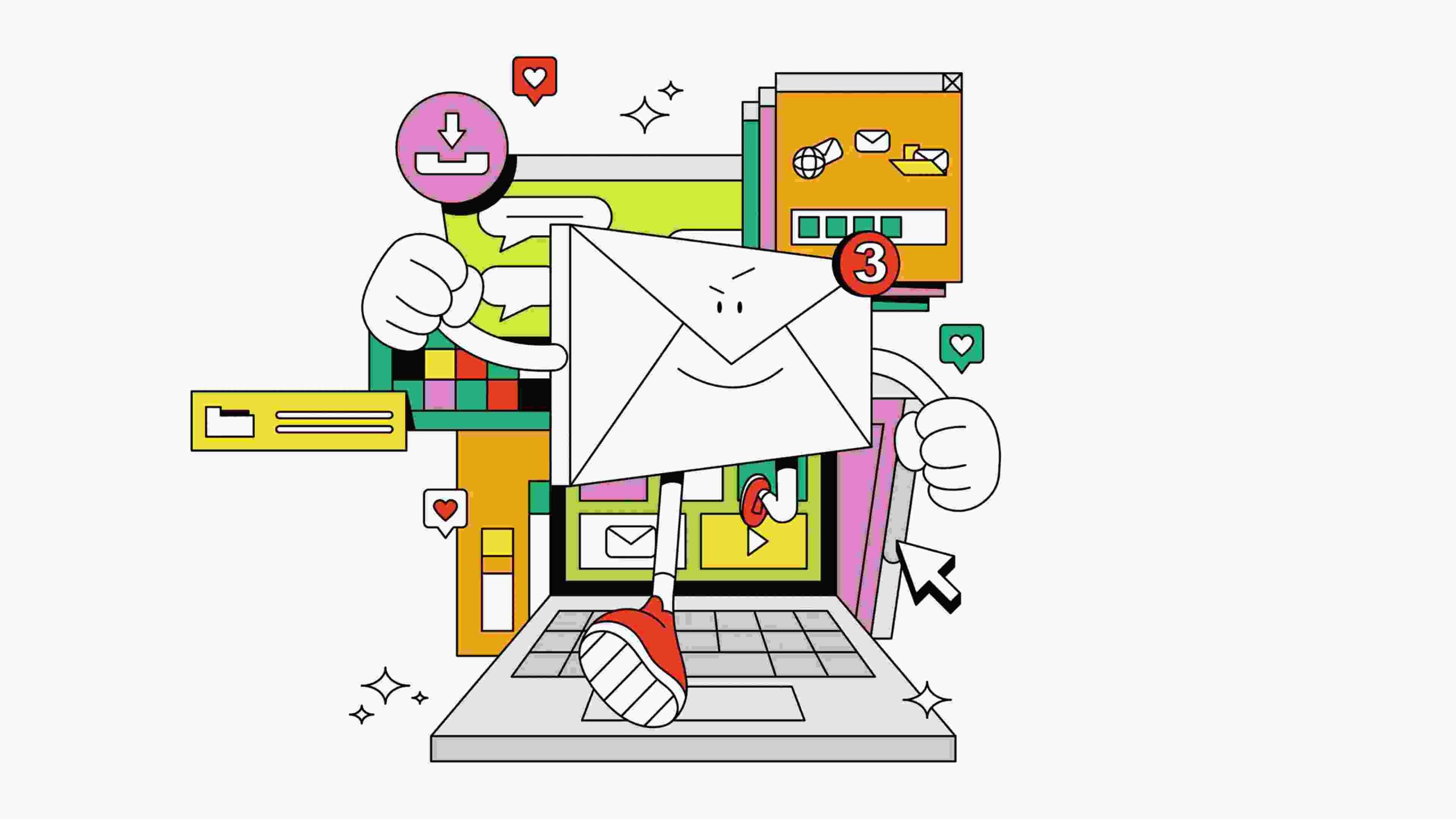- | 8:00 am
3 ways AI can smooth our inevitable move to a 4-day workweek
The impending four-day workweek will bring new questions of productivity, output, and outcomes. AI is the answer, this future-of-work strategist says.

The amount of time people spend “at work” has changed significantly over the last few centuries. Robert Whaples, a professor of economics at Wake Forest University has mapped out the history of hours of work in the U.S., which reveals a gradual decline from working “first light to dark” (70+ hours a week) to the passing of the Fair Labor Standards Act in 1938, which eventually established the 40-hour workweek. Over the last 85 years, not much has changed in the U.S., until now. As technology improves productivity and AI helps human beings operate at our full potential, it’s going to be a matter of when, not if, we will see a four-day workweek become the norm.
Already, nearly one-third of large U.S. companies are exploring new work schedules, such as four-day or four-and-a-half-day workweeks, according to a recent KPMG survey of CEOs. Workers are also demanding a shift in when, where, and how much they work. Just last year, the United Auto Workers announced their intent to push for a four-day, 32-hour workweek. And the younger generation have also made clear their willingness to forgo fancy titles and elevated salaries in favor of flexibility and freedom. Add on the fact that we will likely continue seeing a labor shortage while AI is set to create half a billion net new jobs by 2036, employers are faced with a tough predicament. Embrace workers’ desire to work less, or face being left behind.
LEAN INTO AI TO ACHIEVE THE FOUR-DAY WORKWEEK
For executives, the impending four-day workweek will inevitably bring on new questions of productivity, output, and outcomes. How do I ensure my people are producing the same level, or better, outcomes while putting in less work? The good news is that as artificial intelligence takes on a bigger role at work, managers can lean into AI tools to redesign how we work, so that we can get more done in less time. For those on the cusp of embracing a four-day workweek, here are three ways you can lean into AI to ensure a successful transition.
HAND OVER ADMIN WORK TO THE BOTS
AI tools have the power to automate administrative, transactional, and manual tasks, thereby freeing up people to work on more creative, strategic endeavors. Research by McKinsey shows that with generative AI, up to 30% of hours worked today could be automated. These AI tools can handle a variety of tasks, such as data entry, scheduling, and customer support. In service industries where people are paramount, simply automating approvals like vacation requests or schedule changes can significantly reduce mundane managerial administration. In fact, many of the common questions and requests HR professionals field today will be answered by bots, as they prove more adept at navigating a wider variety of variables. By delegating repetitive tasks to AI, employees can focus on work that requires human ingenuity and strategic thinking.
USE AI AS A SHOULDER SHERPA
Generative AI can function like a copilot or digital coach for workers by helping them identify ways to do their jobs more strategically and efficiently. Acting as a “shoulder sherpa,” AI has the power to provide workers with real-time assistance and insights, guiding them through complex tasks and decision-making processes. This can be especially helpful for tasks that people do only once a year like benefit enrollment or performance reviews. A report by Microsoft found that 85% of AI users felt it helped them focus on their most important work.
AI can also function like a digital assistant. For example, for those who know they tend to have problems with attention to detail, an AI assistant can come in handy to double-check work and catch errors. For others, where written communications might not be their forte, AI can again function as a shoulder sherpa to help evaluate tone of emails before they get sent. By leaning into AI as an assistant at work, employees can achieve the same, if not better, outcomes in less time, thereby making a four-day workweek not only feasible, but also desirable.
PERSONALIZE THE WORK EXPERIENCE WITH AI
The real power of AI at work comes when you layer on behavioral data to personalize the work experience for everyone. Behavioral data, which can be obtained through a digital assessment and then analyzed using AI, provides critical talent information, such as each person’s unique strength and weaknesses as well as personality traits. AI and behavioral data combined will fundamentally transform how we work, allowing people to do the work that is the most fulfilling to them. In doing so, we are naturally able to improve productivity and outcomes while also being able to decrease the number of hours people need to work.
AI-driven tools can also personalize learning and development at work, offering tailored recommendations for skill enhancement and professional growth. This not only accelerates the completion of tasks but also improves the quality of work produced. It also addresses one of the most challenging elements of today’s workplace: the need to constantly pre-skill, reskill, and upskill the workforce.
One thing is clear—AI helps people work better and unlocks greater efficiencies than we’ve ever seen before. Instead of using these efficiencies to work more, we have an opportunity to share the wealth and give people the one thing they can’t create more of: time. We are entering an age where technology is not just a tool, but a bridge that connects people to purpose, unlocks human potential, and creates a more prosperous future for all of us.







































